What are the differences between a MVNO, MVNA, and MVNE?
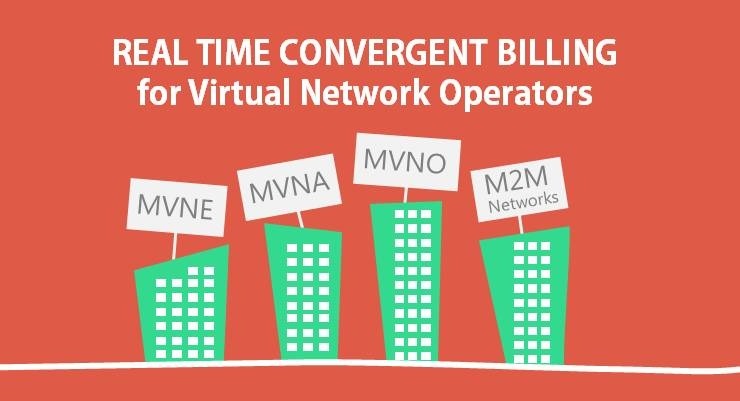
MVNO, MVNA, and MVNE are fairly new entities in the telecom world with each having their own role in imparting telecom services. These new entities were created to address the demands of customers whose requirements were not fulfilled by MNO (Mobile Network Operator).
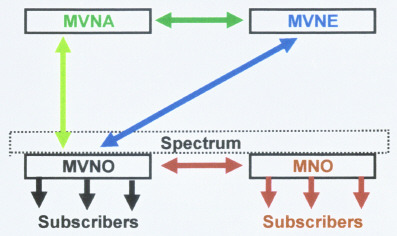
The establishment of MVNO addresses the requirements of specific customer bases and at the same time allows MNOs to make revenue from subscribers who are not using their services directly.
1. MVNO – An MVNO is a player in the telecom market who does not have its own radio access network. It either buys access to the network services at a bulk wholesale price or gets into a direct reseller agreement with an MNO. After procuring the services, the MVNO sells them to its own subscriber base. As an MVNO has obtained the services at a reduced price, it has the luxury of selling them at a price that is lower than the market price.
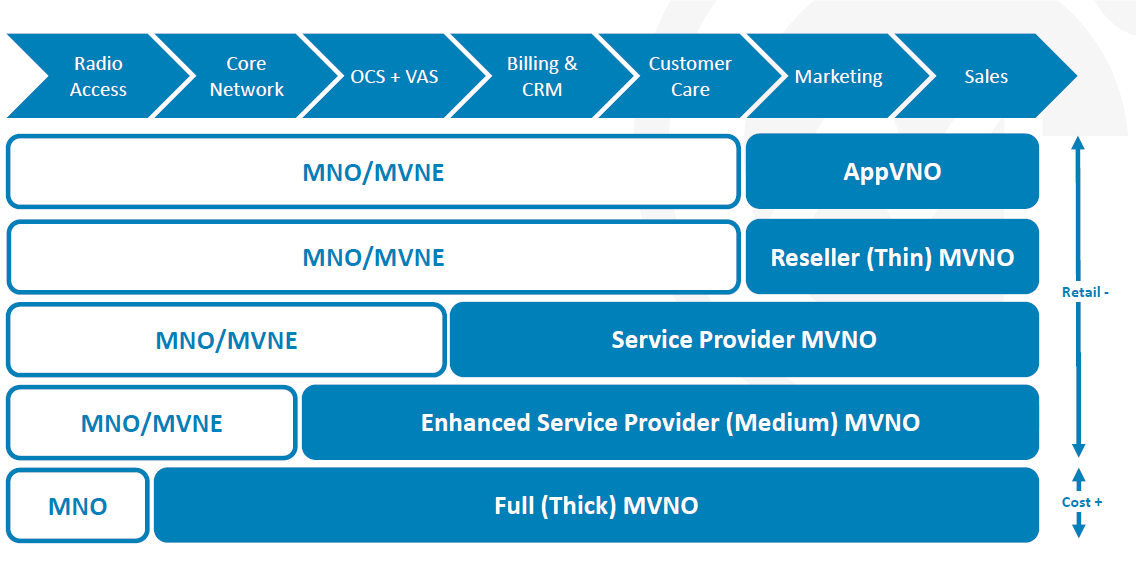
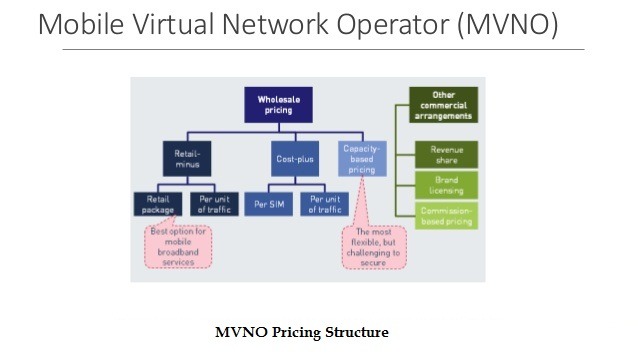
a) Skinny MVNOs: Have their own content applications, SMSC, voice mail, Prepaid and VAS.
b) Thin MVNOs: Apart from the above mentioned services, they also have EIR, share or own HLR, AUC and IN.
c) Thick MVNOs: Apart from the above mentioned services, they have VLR and MSC.
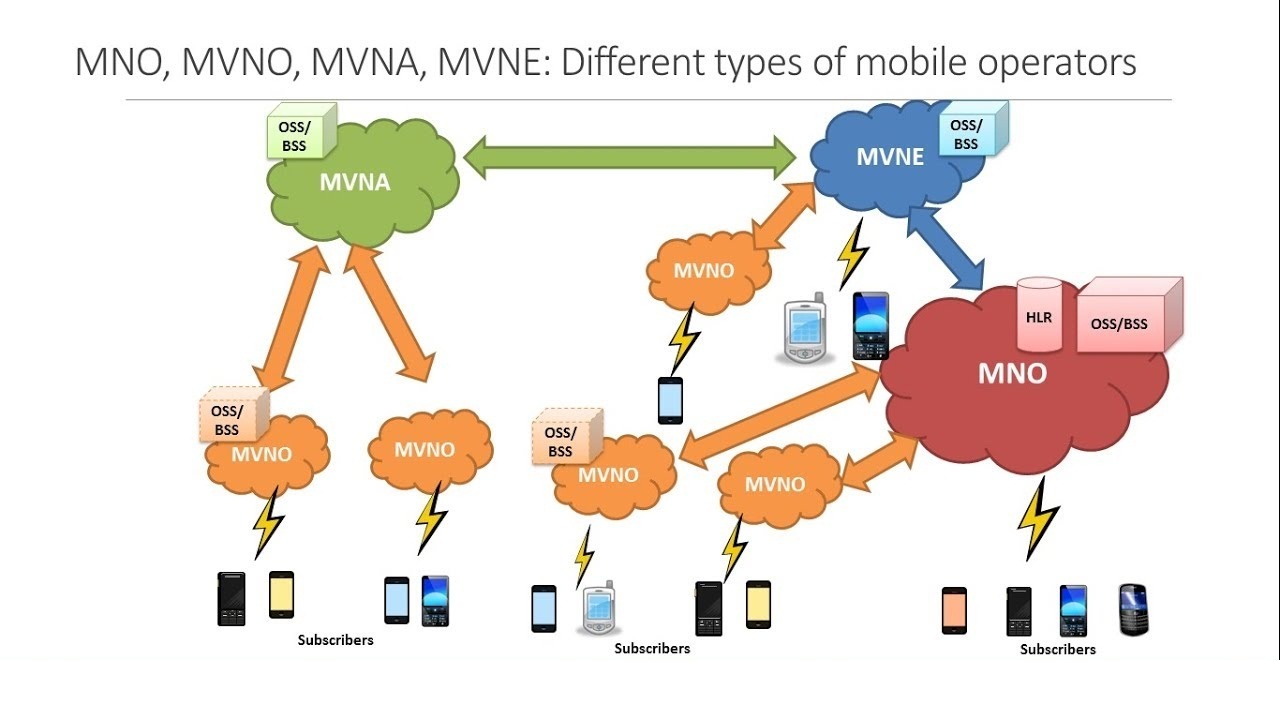


3. MVNA: MVNA (Mobile Virtual Network Aggregator) is a business model that comprises wholesale of an operator’s airtime and routing of traffic over the MVNE’s own switches. While an MVNA has individual contractual relationships with its MVNOs, an MNO has a contractual obligation towards its MVNAs. So, it won’t be wrong to say that an MVNA forms a link between MVNOs and MNOs.

As an MVNA represents many different MVNOs and buys large amount of telecom services from an MNO, it is able to receive telecom services at a considerably reduced price point. Hence, an MVNA partnership allows an MVNO to receive radio access network for far less that it would have been possible during a direct purchase.
Inference of These Telecom Entities in Modern Times
These new partnerships between MNOs, MVNOs, MVNEs and MVNAs are designed to share the burden of serving a wide customer base. These new business models ensure that basic telecom services are enjoyed by maximum number of subscribers. In this age of increased competition, the quality and coverage of telecom network is maximized with the inception of these new entities.


Comments
Post a Comment
Please do not enter any spam link in the comment box.